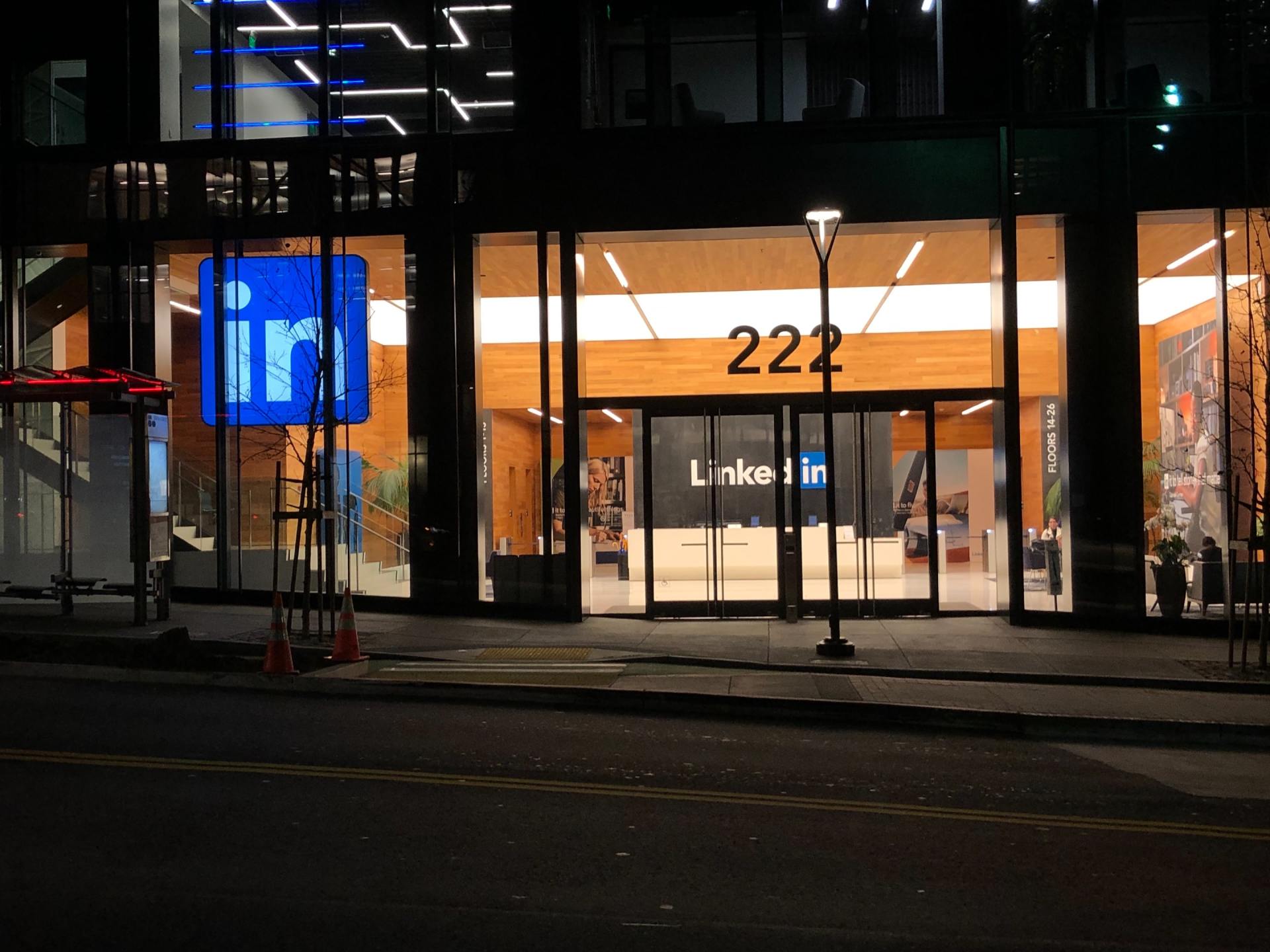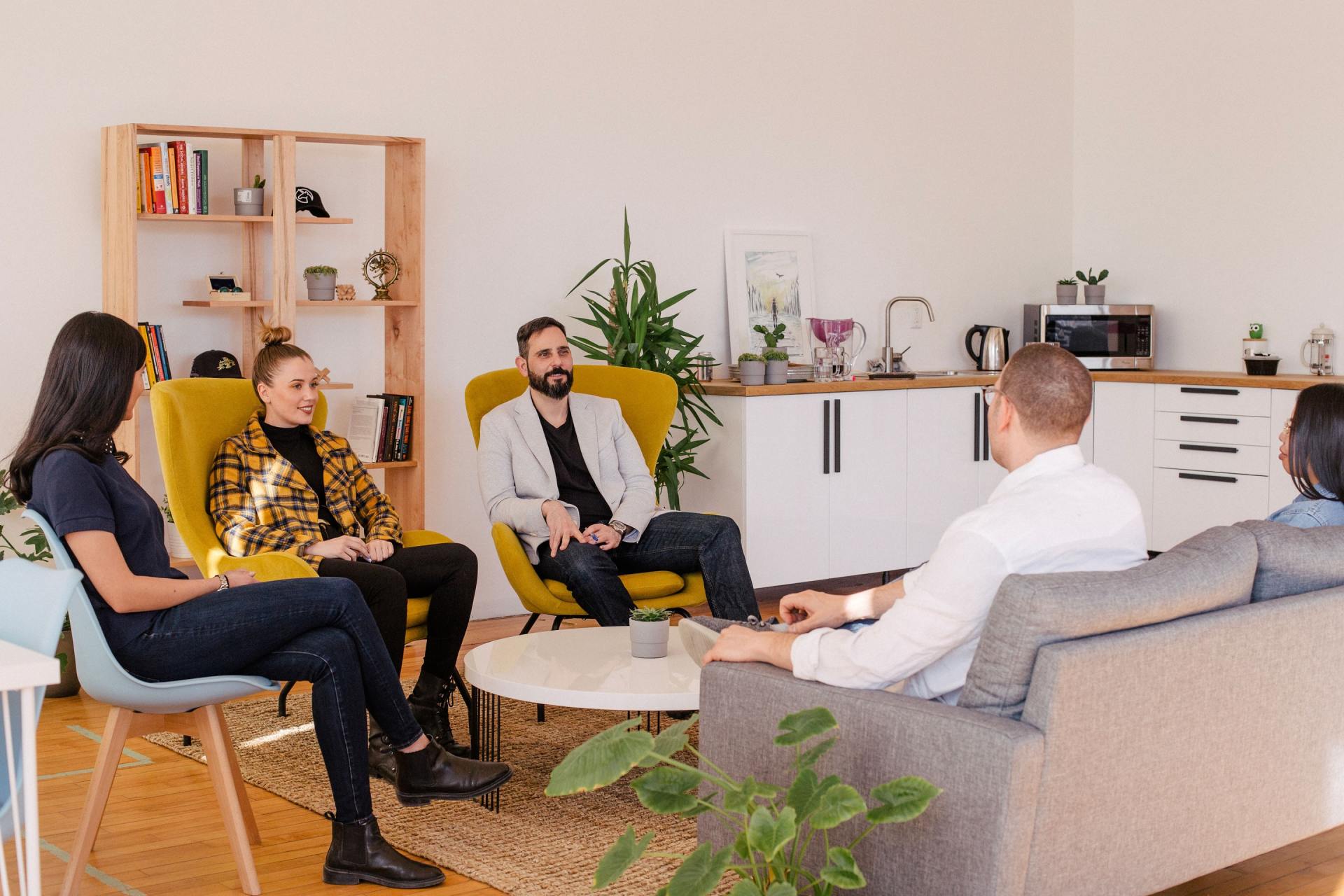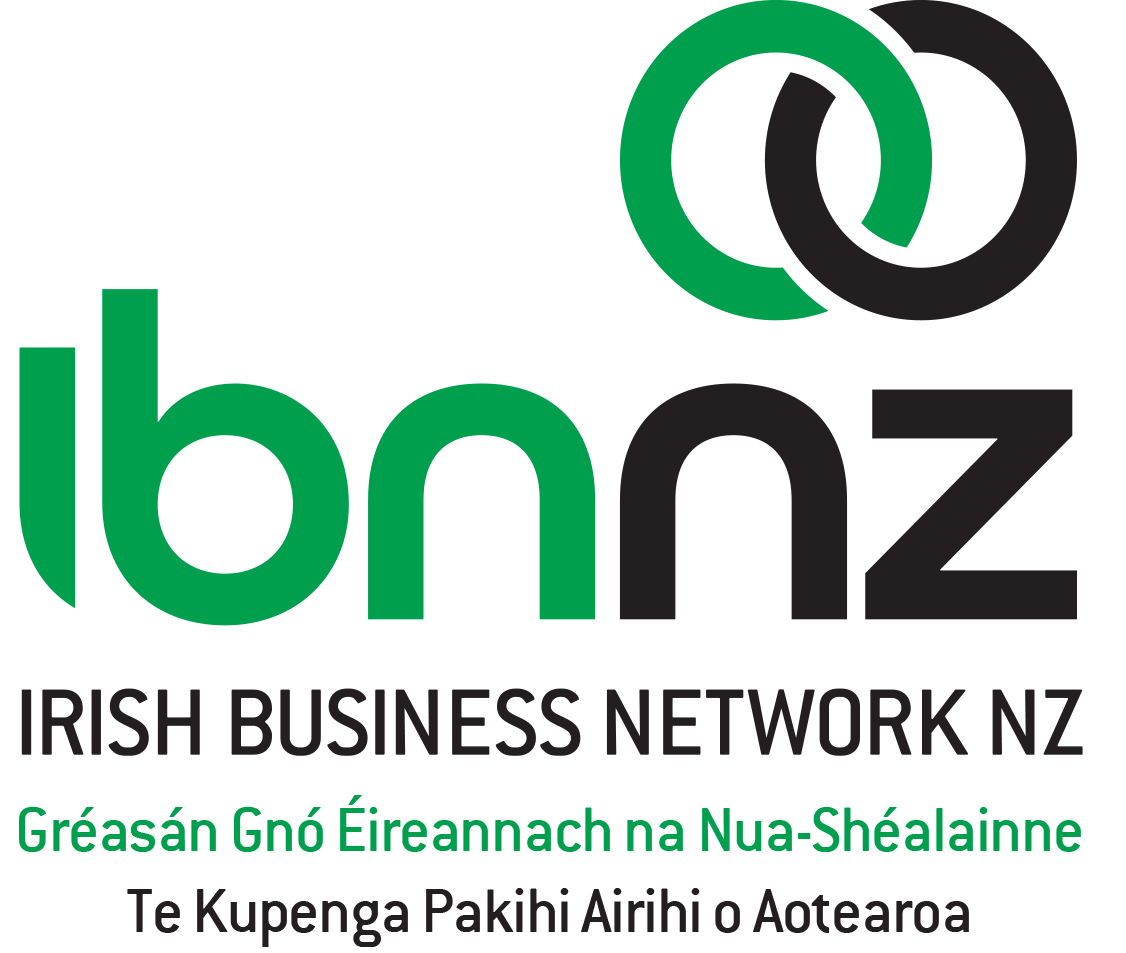Eight steps to improve your LinkedIn profile today
Eight steps to improve your LinkedIn profile today
Getting your head around LinkedIn can be intimidating but it doesn’t need to be. Follow these eight steps to make the most of your LinkedIn profile and make it easier for recruiters to find you.
Recruiters view hundreds of profiles on LinkedIn every week. Your profile has to stand out from the crowd, or at the very least not stand out for the wrong reasons.
Small changes to your profile can have a big impact. Yes, you may have to blow your own trumpet a little bit but you need to get over the fear of putting yourself out there. If you don’t then you’re missing a huge opportunity to convince recruiters to give you a chance.
Some of these are quick wins that can be done in a few minutes. Others might take a little more thought, time and effort, but all of them will add up to a LinkedIn profile you can be proud of and that will hopefully open some doors for you.
1. Every picture tells a story
There are more don't’s than do’s when it comes to LinkedIn profile pictures. Don’t post a selfie with your best friend. Don’t post a picture with your pet. Don’t post a group shot. Do use a recent pic that looks like you. Make sure the picture is clear and your face takes up well over half of the available space. Long distance shots don’t work, particularly on mobile devices. On that note, make sure to check your pic on mobile. What looks fine on your laptop might not work on mobile. Most importantly, smile and look approachable. You want to look like someone who would be fun to work with, not a serial killer.
2. Make your background count
Your background at the top of your profile is prime real estate so use it well. Don’t leave it blank with the default LinkedIn blue screen. Pick an image that tells people a little more about who you are or the industry you’re in.
If you don’t have a good photo yourself, use a stock photo website like Pexels or Pixabay to find something that will grab people’s attention. If you’re in the building industry, a striking cityscape full of cranes could work. Or an arty shot of some of the tools of your trade. If you’re the creative type, add some text on Canva to send people to your website or portfolio. Try a few different options and see what works best. Anything but the blue screen of death.
3. Headline news
LinkedIn recently expanded the headline field so you now have 220 characters to tell the world what you do and what talents you have. Don’t waste them.
Most people play it safe and use their job title as their headline but your headline can be so much more. A short snappy slogan that uses the following formula can help to make it really obvious what you can contribute:
I help X (the type of clients/people you work with) do/create/build/sell Y (the service/skills you provide) that does Z (describe in a few words what impact your role has).
Your headline is also an ideal place to include some keywords that will help you show up in search results. The keywords you use will depend on your job but one quick way to find relevant keywords is to search for suitable jobs on LinkedIn and make a list of the keywords that occur most often. For example:
- Job title: Software developer
- Keywords: JavaScript, CSS, SQL, .NET framework
- Slogan: I help startups create beautiful apps that customers love
Put it all together and your headline could read something like this: Software developer | Experience in JavaScript, CSS, SQL, .NET framework | I help startups create beautiful apps that customers love
The common consensus is that it’s a bad idea to include the words ‘Seeking new opportunities’ in your headline. Firstly it’s wasting valuable space and secondly you can already show recruiters you’re available for work by adding your job and visibility preferences underneath your headline.
4. About you
The About section is exactly what is says on the tin, a chance for you to tell recruiters more about you and why you would be such a great asset to any company. Again, a lot of people play it safe and cut and paste their CV into this section.
Telling a story about the jobs and roles you’ve filled and a little bit about your personality and what makes you unique is a much more effective way of bringing your profile to life.
You don’t have to share stories from your 21st but try and explain how and why you choose to do what you do. A word of warning: don’t write about yourself in the third person — eg Robert is a writer who works with businesses to tell better stories. It makes you sound pretentious. Be human. Be yourself.
This might take some time and several drafts to get it right but it’s worth investing some thought into this part of your profile.
5. List your relevant skills
Scroll down your profile to the Skills & Endorsements section and make sure to tick any that apply to you. Only the top three will be displayed so once you’ve made a long list, drag the top three most important skills to the top of the pile.
It also helps to reach out to previous employers and colleagues to endorse you for your skills. One way to increase the number of endorsements on your profile is to go through your network and identify people who you’ve worked with and endorse them. With LinkedIn, you’ve generally got to give (endorsements, recommendations, comments) if you want your network to return the favour.
6. Highly recommended
Another overlooked area in lots of LinkedIn profiles is the Recommendations section. Pick and choose wisely who you ask to recommend you and send them a personalised request explaining what skills in particular you would like them to refer to in their recommendation.
7. Get involved in the conversation
Posting on LinkedIn isn’t for everybody but at the very least you should aim to share and comment on stories posted by influencers in your industry. There’s no point in building your network and making connections on LinkedIn if you’re invisible. The only way to show up in your connections news feed is to comment, share or post something yourself.
Start by following four or five people in your industry in similar roles and add value to what they are posting. Not only does it show your expertise, it also increases your profile across LinkedIn, and helps you get noticed by people outside your network who may just be looking for someone with your credentials. Think the three E’s when commenting: Educate, Entertain or Enlighten.
8. Post original content
If you’re ready to start posting your own comment, it’s worth checking out how others do it. Pick one or two of the influencers in your industry, scroll down to the Activity section on their profile, click the See All button and then click on the Posts tab. Here you can scroll through all the posts they’ve ever written. Note which ones get the most likes and comments. Figure out a way you can talk about a similar topic using your own background and experience to give it a new twist.
Write the way you talk and encourage your friends and family to read your post and comment on it within the first hour or two. The more people who engage with your post within a couple of hours, the more of your connections will see your post. Keep an eye on the comments and respond with a comment of your own to keep the conversation going. Start by posting once a week and try to build up to three times a week. The more consistent you are, the more responses and more value you are likely to get from the process.
Summary
Start with some easy wins by getting your LinkedIn profile looking as good as it possibly can. Build up to the harder stuff like commenting and posting after you’ve figured out the lay of the land. Spending just a few minutes every day doing these things on LinkedIn will help build your profile and maybe, just maybe land the job of your dreams.
About the author
Robert Tight is a number-one bestselling author and freelance content writer. He has previously worked as the Country Editor for The Red Bulletin (Red Bull’s global adventure lifestyle magazine) and is an award-winning freelance journalist for various newspapers and magazines including: ESPN.com, Metro, New Zealand Geographic, Sky Sport The Magazine, Herald on Sunday and the Sunday Star Times. He founded Storybud to help businesses find and tell better stories.






